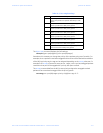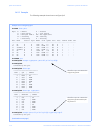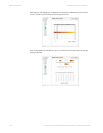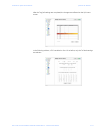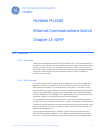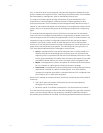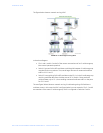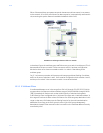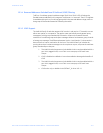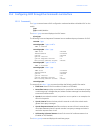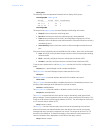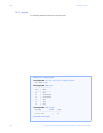
MULTILINK ML2400 ETHERNET COMMUNICATIONS SWITCH – INSTRUCTION MANUAL 15–1
Multilink ML2400
Ethernet Communications Switch
Chapter 15: IGMP
GE Consumer & Industrial
Multilin
IGMP
15.1 Overview
15.1.1 Description
Internet Group Management Protocol (IGMP) is defined in RFC 1112 as the standard for IP
multicasting in the Internet. It is used to establish host memberships in particular multicast
groups on a single network. The mechanisms of the protocol allows a host to inform its
local router, using Host Membership Reports that it wants to receive messages addressed
to a specific multicast group. All hosts conforming to level 2 of the IP multicasting
specification require IGMP.
15.1.2 IGMP Concepts
The ML2400 supports IGMP L2 standards as defined by RFC 1112. IGMP is disabled by
default and needs to be enabled on the MultiLink family of switches. IP multicasting is
defined as the transmission of an IP datagram to a “host group”, a set of zero or more
hosts identified by a single IP destination address. A multicast datagram is delivered to all
members of its destination host group with the same “best-efforts” reliability as regular
unicast IP datagrams, i.e. the datagram is not guaranteed to arrive at all members of the
destination group or in the same order relative to other datagrams.
The membership of a host group is dynamic; that is, hosts may join and leave groups at
any time. There is no restriction on the location or number of members in a host group, but
membership may be restricted to only those hosts possessing a private access key. A host
may be a member of more than one group at a time. A host need not be a member of a
group to send datagrams to it.
A host group may be permanent or transient. A permanent group has a well-known,
administratively assigned IP address. It is the address and not the membership that is
permanent – at any time, a permanent group may have any number of members, even



